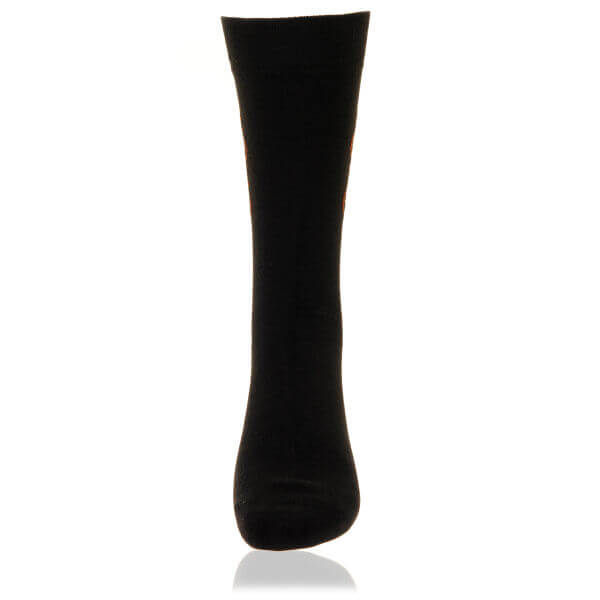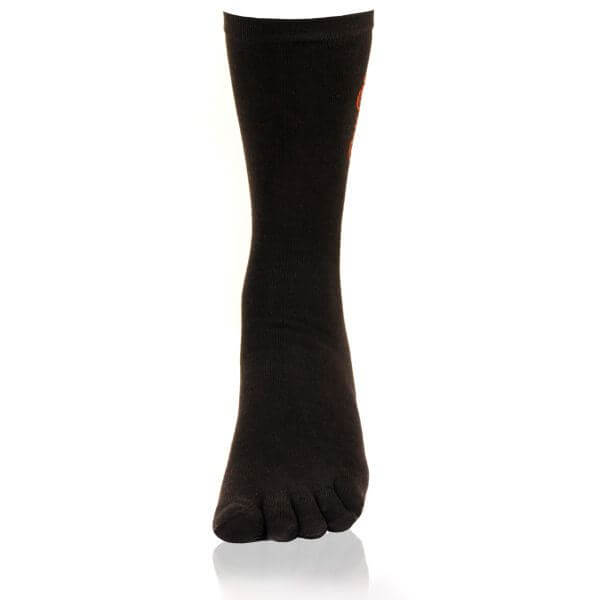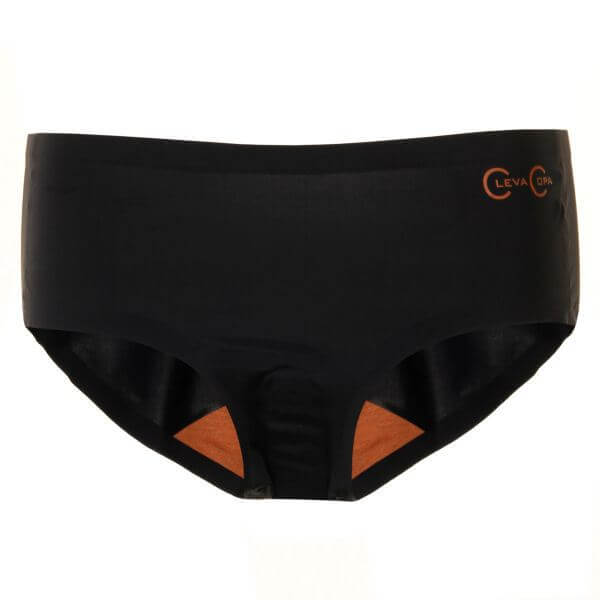Tea Towel vs Dish Towel: Are They Any Different?
Published
February 17 2023
Say tea towels or dish towels, one and the same. But in reality, that's not the case.
These kitchen towel categories have distinct features, making them different from each other. Continue reading to find out how.
Understanding Kitchen Towels
Before knowing the difference between a dish towel and tea towel, you first need to understand what a kitchen towel is.
A kitchen towel is a broad term used to describe towels used in the kitchen. These include both tea towels and dish towels. Usually, what makes kitchen towels different from other categories of towels is their ability to be absorbent and durable. Moreover, they have a thickly woven and stitched fabric that makes them last longer.
The primary materials used in making kitchen towels are:
- Linen: Soft and lint-free linen fabrics can dry quickly and be used repeatedly.
- Terry Cloth: Woven with several thread loops, they leave lint upon rubbing them on surfaces and are fluffy. These are excellent at absorbing water from surfaces.
- Cotton: Absorbent, strong, and durable, these tightly woven fibres are soft and do not leave lint upon rubbing.
What is a Tea Towel?
A tea towel is a lightweight, absorbent cloth made of linen or cotton, used primarily for drying dishes and hands in the kitchen. These towels now also come in cotton and different sizes, shapes, and types – plain, rectangle, square, fancy, small, and big.
First used in Europe in the 18th century, the main use of a tea towel was to polish tea sets made out of porcelain and were a primary addition to tea ceremonies. Besides cleaning the kitchen sets, these towels were also used to cover tea-time snacks like cupcakes or even wrap the pots of tea to refrain from getting cold.
What are the Uses of a Tea Towel?
-
Dry Utensils
Since tea towels don't leave residue on surfaces, they are ideal in the kitchen for drying pots, dishes, pans, and glassware.
-
Line Trays and Kitchen Shelves
Line your bread baskets or tea trays with these gorgeous tea towels and make tea time instagrammable! Further, you can even line the kitchen shelves since they can easily absorb drips of freshly-washed utensils.
-
Cover Food and Dry Vegetables
Tea towels don’t leave around lint, making them ideal to use around food or even cover your food to keep away flies, dust, and other food pests. Moreover, you can even use these residual-free towels to pat dry fruits and veggies post-washing them.
-
Wrap Food
You can even wrap your food, like muffins, rolls, and bread, in these towels to keep them fresh and warm while also increasing their appeal!
What are Dish Towels?
Primarily used for wiping surfaces and drying dishes, dish towels are commonly made out of terry cloth and are durable, absorbent, and fluffy.
The usage of dish towels mainly began in North America (20th century), where homemakers would cut sacks to use them in the house, mainly wiping kitchen surfaces post-cooking.
What are the Uses of Dish Towels?
-
Wipe Spills
Since these towels are made mainly of terry cloth, they are excellent at absorbing liquid spills. This characteristic is not just limited to the kitchen; you can use dish towels to wipe your pets or clean your baby's chair post-meal.
-
Wipe Countertops
Kitchen countertops are the most vulnerable places to experience all kinds of spills and mess. Kitchen towels are best to wipe down for a cleaner-looking countertop.
-
Wipe Hands
You can even wipe your hands with dish towels as they are highly absorbent.
Tea Towel vs Dish Towel
|
|
Tea Towel |
Dish Towel |
|
Texture |
Tightly woven and soft |
Has a coarse texture and is rough |
|
Material |
Primarily of linen, but sometimes a mix of linen and cotton |
Of terry cloth |
|
Absorbency |
Less absorbent |
Holds more water |
|
Weave |
Woven tightly |
Has a fluffy and loose weave |
|
Uses |
Lining trays or surfaces and drying utensils |
Mop up mess and spills |
Upgrade to Anti-Microbial Kitchen Towel
Buy NowHow to Care for Your Tea Towels and Dish Towels
Since both dish towels and tea towels will be used almost every day, their major drawback is that they will require frequent washing – almost every other day. But that being said, it's effortless to wash them! Simply pop them into warm water and add mild washing liquid or powder. Leave them in the solution overnight, and you'll find them as good as new the next day.
Using a fabric conditioner in the solution of water and washing liquid/powder is not recommended as it might add a layer of water resistance, weakening their ability to absorb liquids. Additionally, don't tumble dry them, as this can weaken their fibres.
Copper Clothing's Copper-Infused Anti-Microbial Kitchen Towels
Talking about the cleanliness of kitchen towels, since these towels are majorly going to stay inside your kitchen and be around your food in some way or the other, it is necessary you choose the ones that are infused in copper for better protection from germs. And our Copper-Infused Anti-Microbial Kitchen Towels are just the right fit for you!

Made from 100% cotton, copper ions are infused in its fibres, making them anti-bacterial and anti-fungal. With its self-cleansing properties, our copper-infused kitchen towel kills germs upon contact and leaves the towel odour-free.
But why choose a copper-infused kitchen towel when you can go for a regular one?
Well, compared to regular kitchen towels, copper ions are better known to destroy the growth of pathogens, fungi, bacteria, and viruses as soon as they come in contact with the material. Whereas, when you leave regular kitchen towels damp, they become a breeding ground for such harmful microorganisms.































